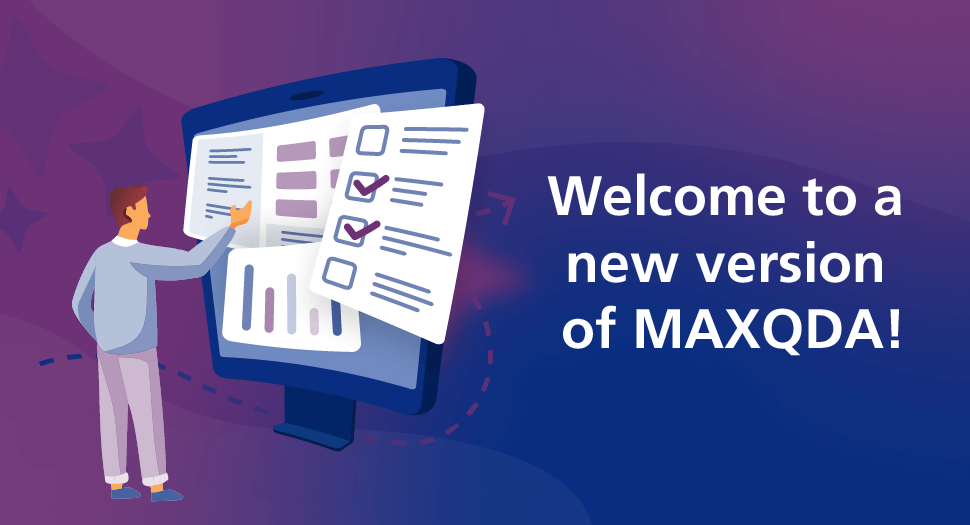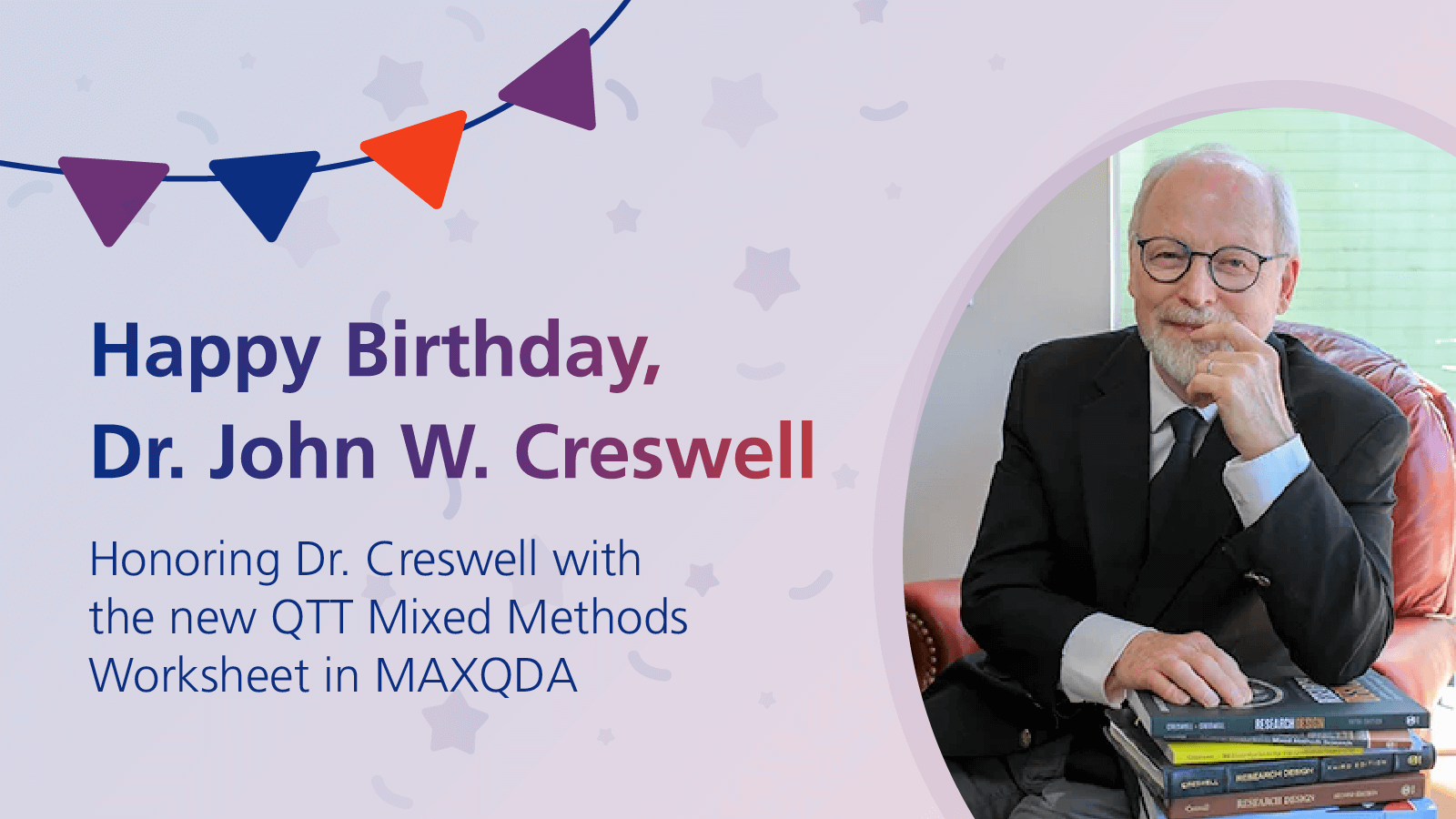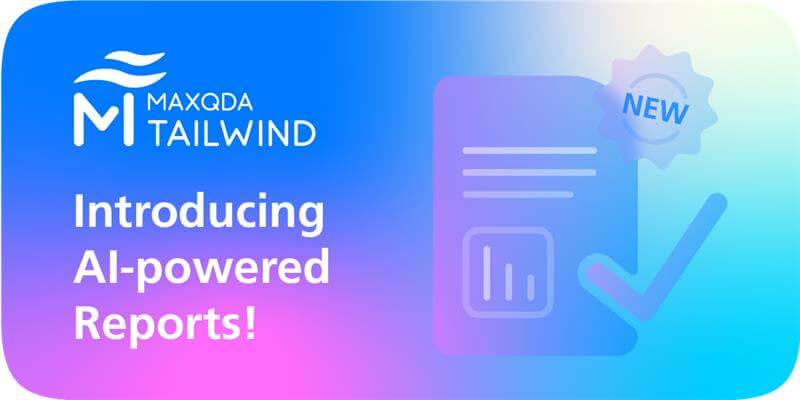This article is a guest post by Matthew Loxton, Senior Healthcare Analyst with WBB Inc. In this article Matthew Loxton illustrates how he and his team use MAXQDA for process discovery in the healthcare industry.

By one estimate, the healthcare industry kills over 400,000 patients a year through avoidable medical mistakes in the USA alone [1]. Many of these avoidable deaths are due to ineffective and inefficient processes, and handoffs between activities and processes.
Two contributing factors are a high degree of process variance from unit to unit, and difficulties in identifying the variances. Improving the identification of processes and the reduction of variance can translate into significant reduction of morbidity and mortality, and improvement in critical metrics such as quality adjusted life years (QALY) in the patient population. Action-oriented research into healthcare processes is an urgent and critical area in which qualitative data analysis methods and tools can play an important and foundational role.
Knowledge management (KM) includes methods to increase organizational learning and process improvement [2] . One KM method that has proven to be very effective in the healthcare environment is the experience-based “lessons learned” approach. The lessons learned approach involves using the experiences of clinicians, administrative staff, and management to identify reusable lessons that can assist in replicating good ideas and avoiding previously encountered pitfalls. These insights are often used as part of health systems engineering quality improvement programs that reduce waste and variance.
Qualitative Analysis Team and Methodology
Our team works as an external facilitator of lessons learned for a large US healthcare system. The healthcare system comprises over 1,700 care locations that range from small rural clinics to large tertiary academic hospitals.
The team utilizes mixed methods to examine existing records, interview stakeholders, and synthesize lessons and recommendations. Methodologically speaking, the team leans towards critical realism [2], and tries to balance the lived experience and voice of the user with the need of management to understand the risks, issues, situations, and opportunities related to organizational goals.
As described in a previous blog on using MAXQDA for knowledge management, the team carries out a literature review and synthesis with an existing code corpus prior to site visits or interviews. The synthesis establishes alignment with a core code system using MAXQDA. The corpus includes categorization of stages of application or process implementation, a measurement framework, and a healthcare category structure embedded in a SharePoint Knowledgebase.
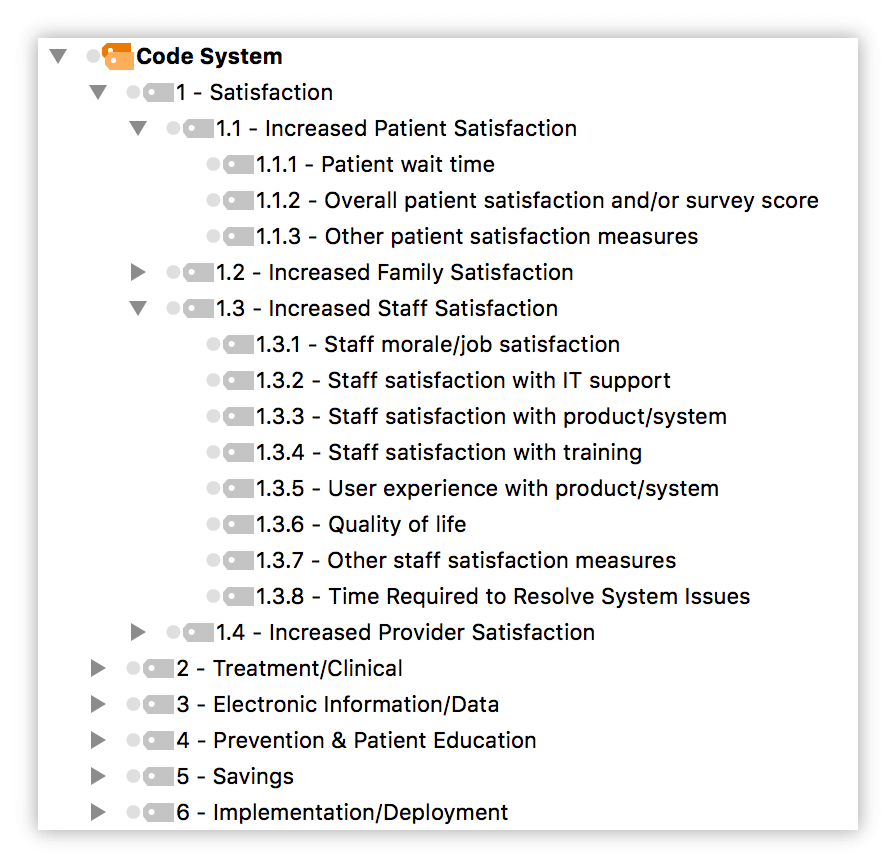
Fig. 1 Section of codes from the corpus
Using MAXQDA for Process Discovery
In a typical engagement, the team collects the existing workflow maps from the sponsoring management team. These workflow maps are representations of should-be business processes and often handcrafted during workshop sessions involving management, subject matter experts (SME), users, and other stakeholders. While the workflow maps are often more aspirational than good depictions of reality on the ground, they are a useful starting point to identify stakeholders and roles. The stakeholders identified through analysis of the workflow maps are interviewed to understand what risks, issues, situations, and opportunities they perceive, as well as to identify additional roles and stakeholders to be interviewed.
Constructing an initial process model
The team uses specialized process-mining tools including ProM and Disco to infer process models from transactional data. From the point of view of the tools, any sequence of activities can be mined to generate a process model.
Perhaps not an obvious feature of MAXQDA, but important to initial discovery of a process model, is the ability to code specific text components as being steps in a workflow sequence. During the interviews, participants typically discuss a wide range of perceived risks, issues, situations, and opportunities, and often relate step-by-step work activities. In addition to other coding, the team codes these activity steps in MAXQDA in order to identify and sequence the steps [Figure 2]. Since participants often relate things out of sequence, or intersperse them with other thoughts, MAXQDA is very useful in stringing sequences together throughout the text of an interview.
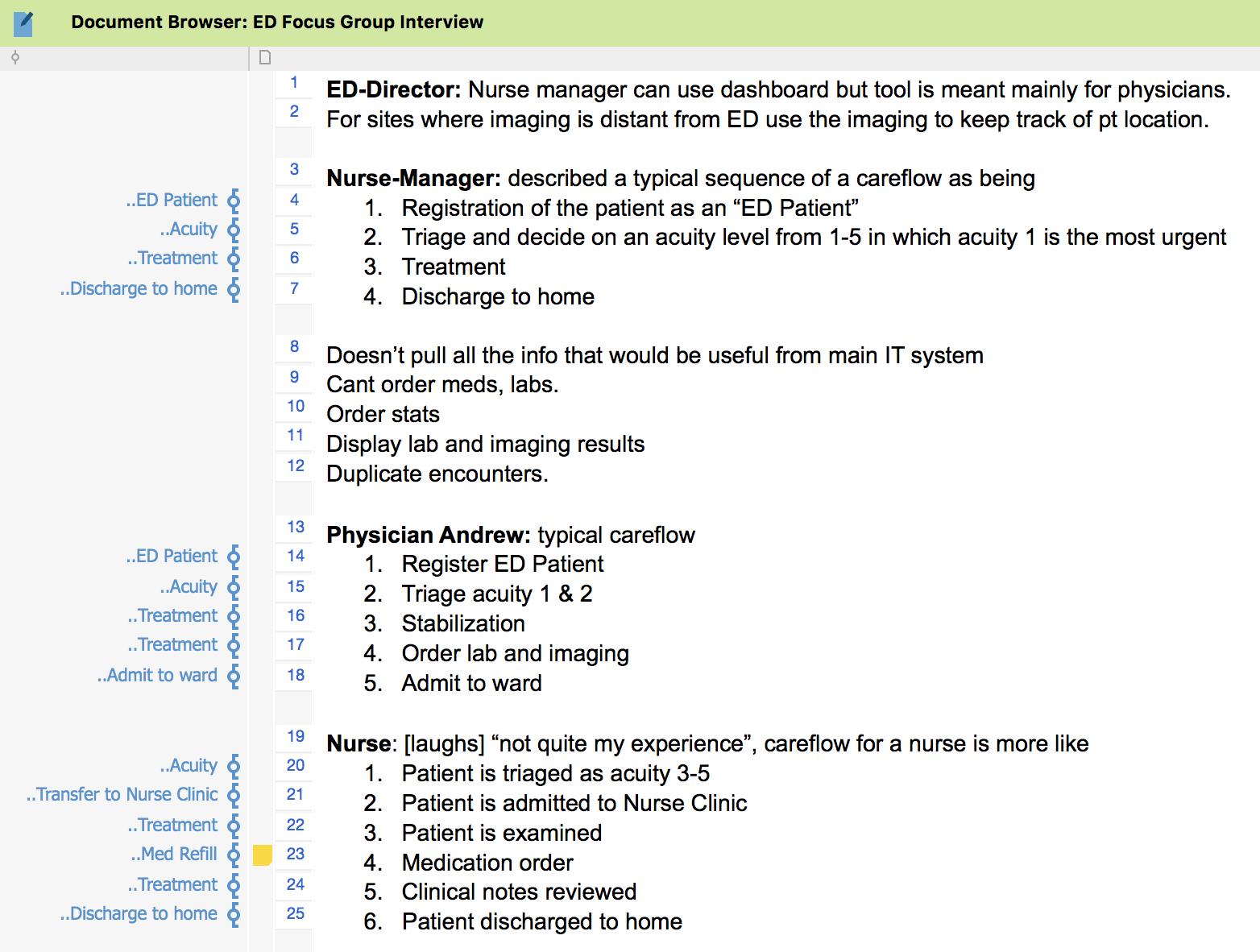
Fig. 2 Example of initial coding for process sequences
After coding a source such as a focus group or interview text, the team uses the “Coded segments with memos” option in the MAXQDA export function to create an Excel file containing all the codes and text segments. [Figure 3.] The resulting Excel file is sorted, and the codes are exported as activity sequence labels in a comma separated variable (CSV) file. The CSV file containing the sequential activity codes is imported into the process mining tools.
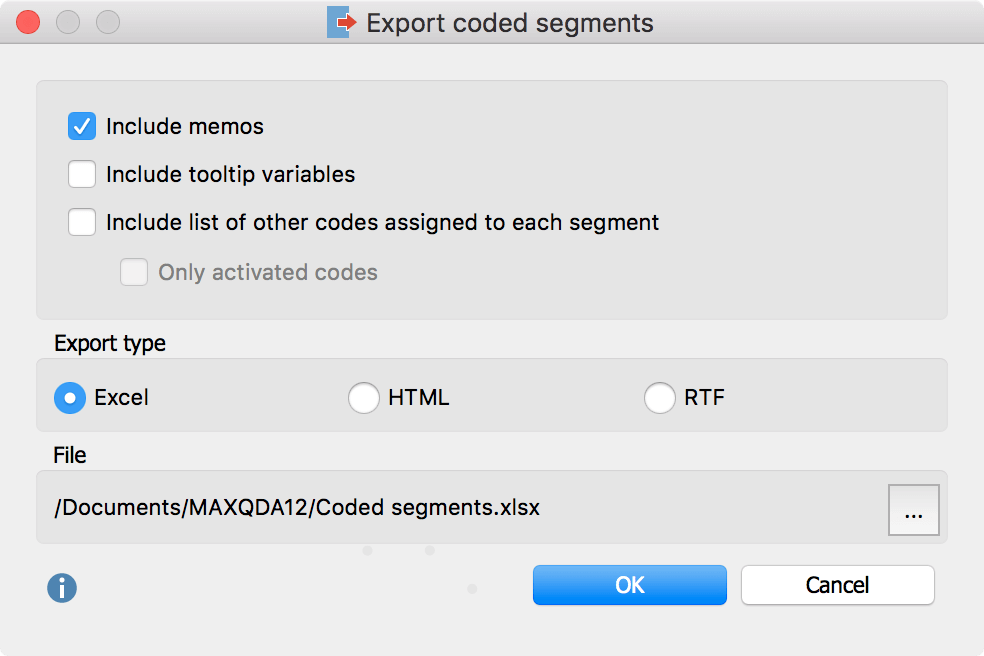
Fig. 3 Export of coded segments and memos
Each sequence captured by the team is presented to ProM or Disco as a case that minimally contains a dummy case identifier (numbers or text), an activity, and the role of the person who was performing the activity. For example, the following codes were exported from MAXQDA as a sequenced Excel sheet and reconstructed as a CSV file with a dummy case identifier to denote the initial participant.
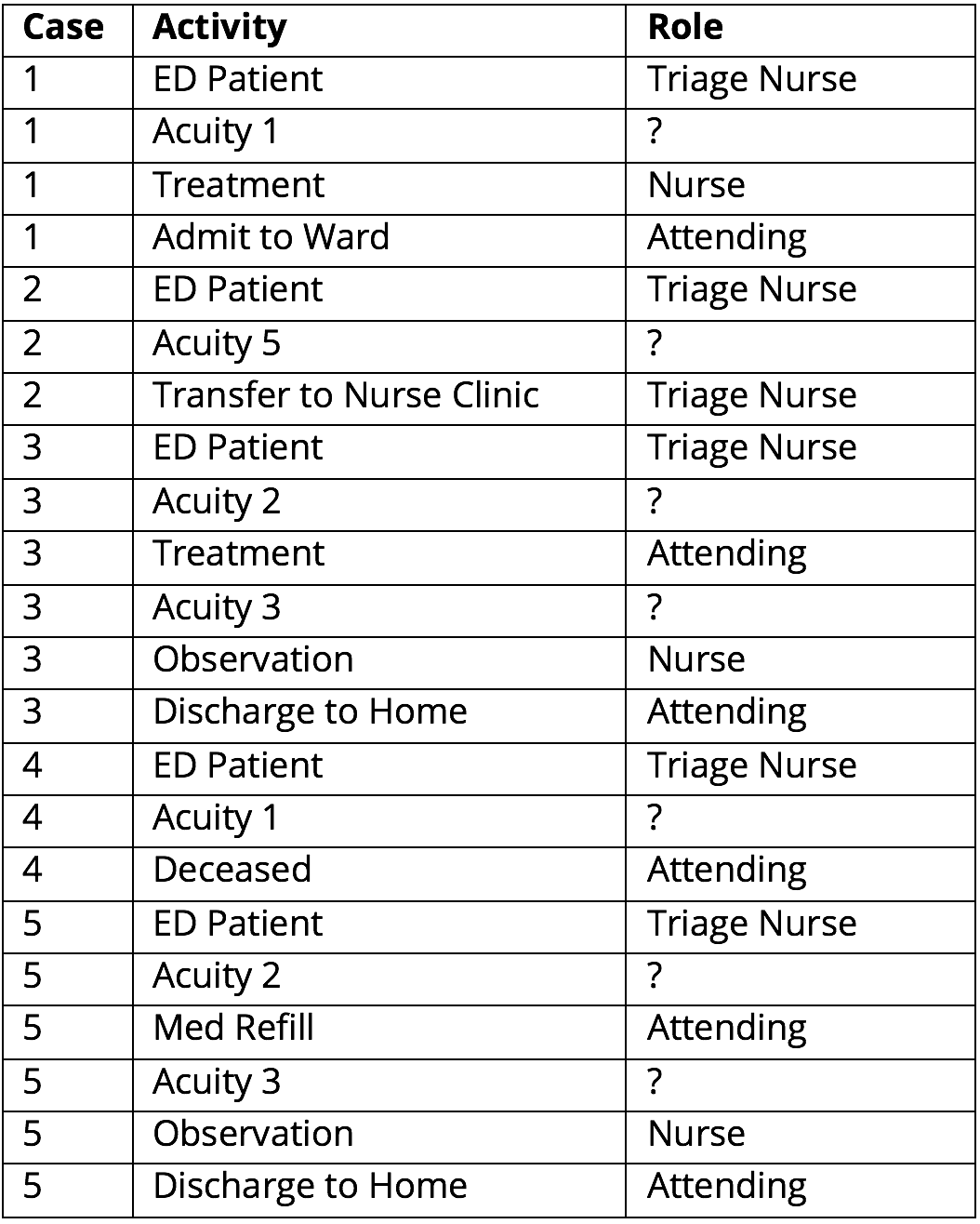
Figure 4. Code Sample for ED Activities
The CSV file represented above, was imported and analyzed in Disco, and the following process map was inferred. This demonstrates that codes extracted through MAXQDA can provide an initial process model. [Figure 5].
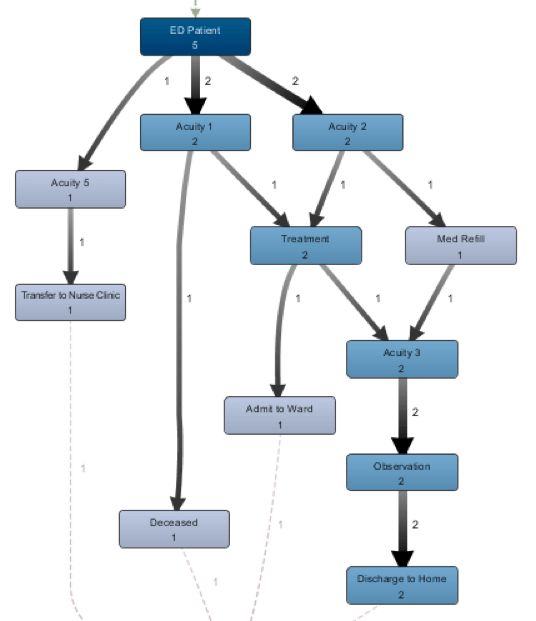
Figure 5. Inferred Workflow Model (Disco)
Validation of model
After analysis and creation of the process model, the team provided the CSV sheet and model to the participants, and sought clarity on issues such as what role was responsible for setting the acuity levels, and whether the model matched the participant understanding of the ground truth of how things were done.
Using MAXQDA, the team analyzed the texts from secondary interviews related to model validation. The additional information regarding roles and activity sequences that were not previously mentioned were coded in MAXQDA in a similar fashion. The model acted as a visual aid to spur further discussion and reveal additional detail that could be analyzed and coded for examples and explanations of risk, issues, situations, and opportunities that could be used as lessons.
Conclusion
The use of MAXQDA has enabled the team to identify roles and activity steps in critical business workflows and careflows. Coding of activity sequences as part of the overall capture of risks, issues, situations, and opportunities from the eyes of the stakeholder enables the creation of data and visual aids. The visual aids spur further discovery and refinement, which ultimately lead to actionable lessons and organizational learning that can improve important patient outcomes such as QALY. Without the qualitative analysis step, quantitative methods risk picking the wrong metrics and missing critical activities and stakeholders.
The team looks forward to using the enhanced functionality of MAXQDA 12 to further develop and refine these techniques, and to apply them in the real-world environment of improving healthcare processes and reducing morbidity and mortality.
Bibliography
[1] J. T. James, “A new, evidence-based estimate of patient harms associated with hospital care,” Journal of patient safety, vol. 9, no. 3, pp. 122-128, 2013.
[2] M. H. Loxton, “A simplified integrated critical activity-based knowledge audit template,” Knowledge Management Research & Practice, 2013.
[3] C. Robson, Real World Research: A resource for Users of Social Research Methods in applied settings 3rd Edition, West Sussex: John Wiley & Sons, 2011.
[4] W. Van Der Aalst, Process mining: discovery, conformance and enhancement of business processes, Springer Science & Business Media, 2011.
About Matthew Loxton
Matthew Loxton is a Senior Healthcare Analyst with the ISO 9001 registered consulting firm WBB Inc, performing process improvement (PI), quality improvement (QI), and measurement & evaluation (M&E) engagements with healthcare systems and medical facilities. Matthew uses a mixture of Knowledge Management and Lean Six Sigma to improve Health IT deployment and administrative and clinical workflow. Further whitepapers can be viewed on the WBB Healthcare page.
Matthew Loxton also trains others in the use of MAXQDA. You can find his contact info in his “MAXQDA professional trainer” profile.

 Matthew Loxton is a Senior Healthcare Analyst with the ISO 9001 registered consulting firm WBB Inc, performing process improvement (PI), quality improvement (QI), and measurement & evaluation (M&E) engagements with healthcare systems and medical facilities. Matthew uses a mixture of Knowledge Management and Lean Six Sigma to improve Health IT deployment and administrative and clinical workflow. Further whitepapers can be viewed on the WBB Healthcare page.
Matthew Loxton is a Senior Healthcare Analyst with the ISO 9001 registered consulting firm WBB Inc, performing process improvement (PI), quality improvement (QI), and measurement & evaluation (M&E) engagements with healthcare systems and medical facilities. Matthew uses a mixture of Knowledge Management and Lean Six Sigma to improve Health IT deployment and administrative and clinical workflow. Further whitepapers can be viewed on the WBB Healthcare page.